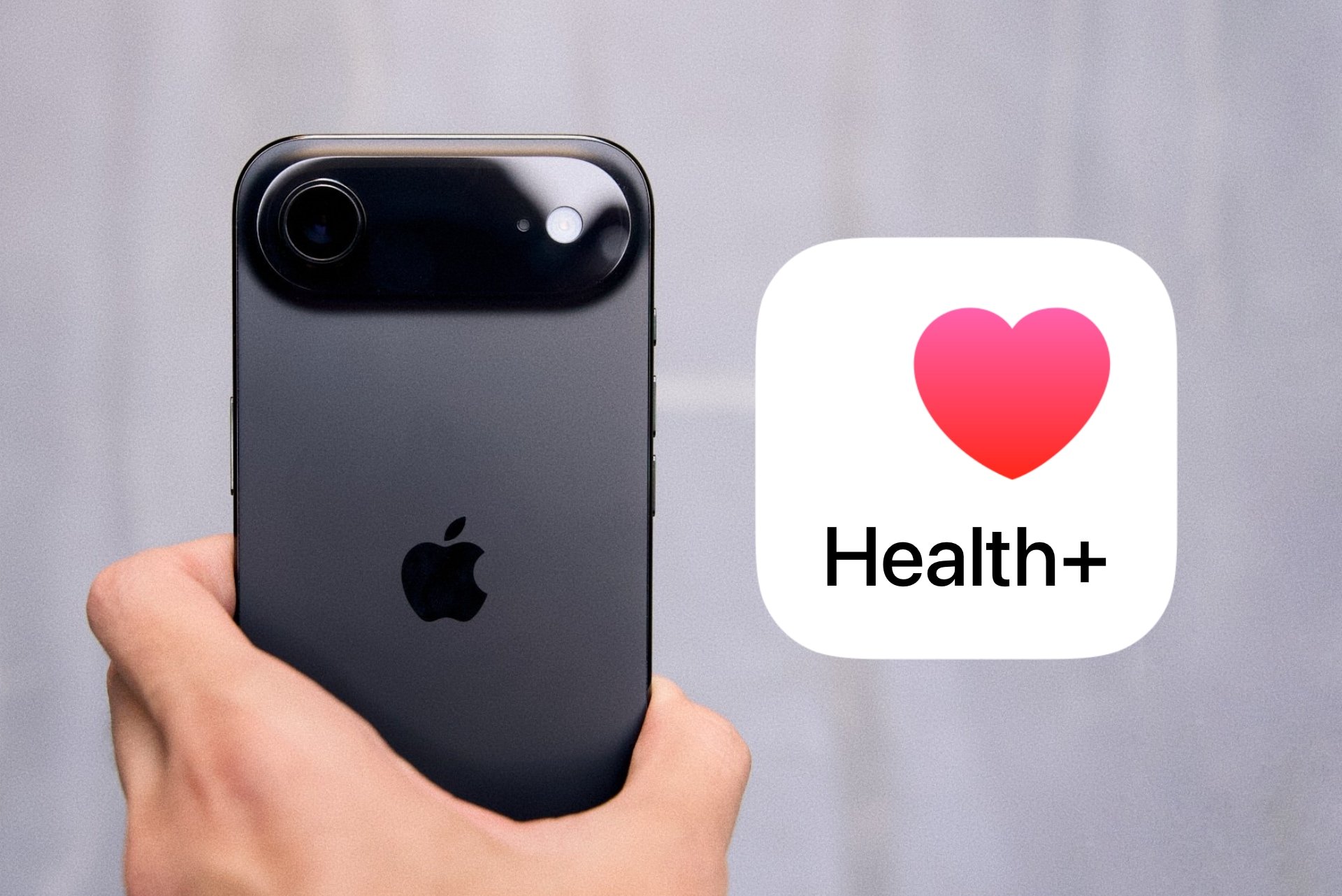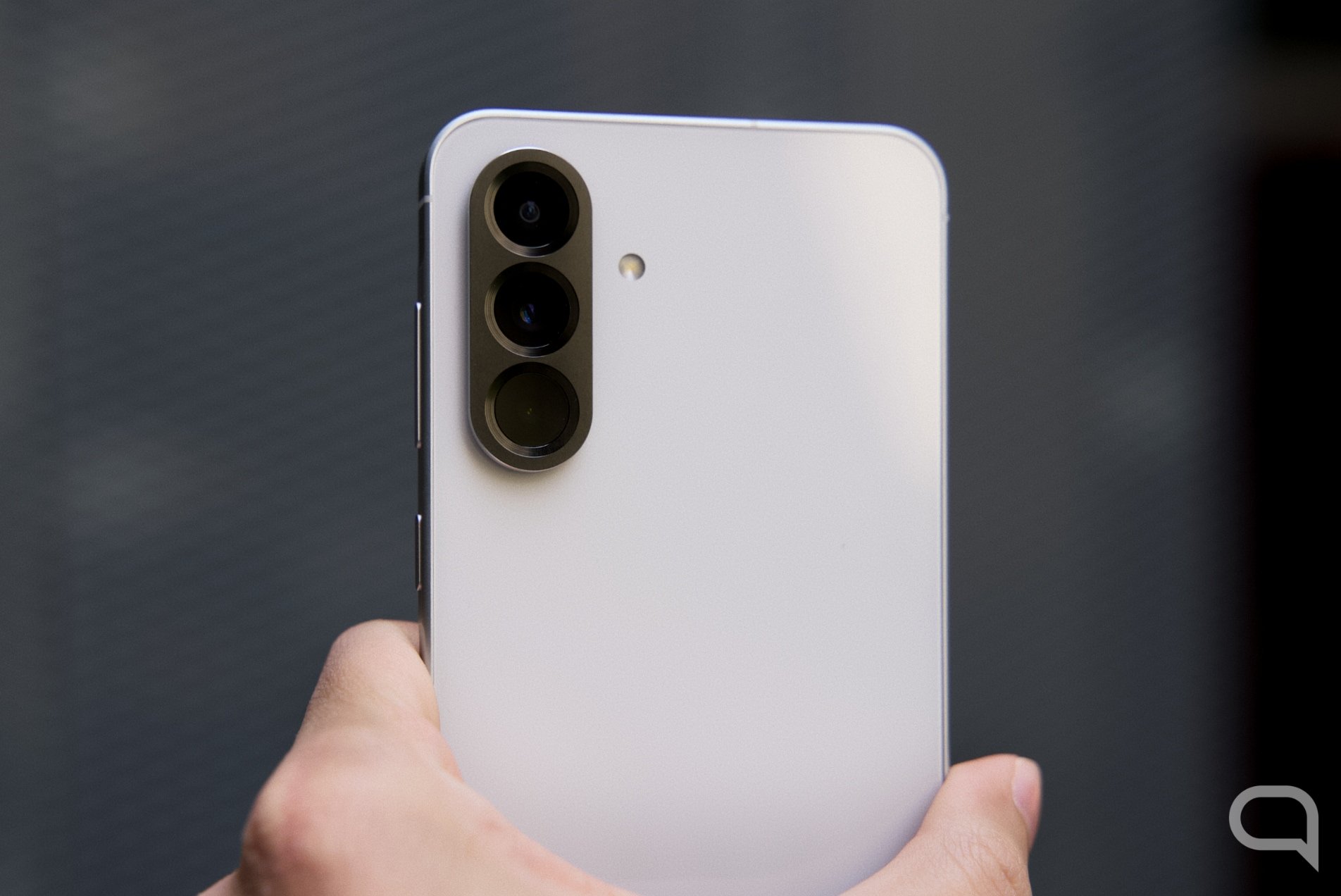Apple continues to make efforts to ensure that Safari remains the best option for browsing the web on its devices. More privacy, less power consumption, and faster speed. In this sense, they have introduced a new feature to eliminate elements on a web page that can distract your attention while reading. They call it Distraction Control or Distraction Controland will be released in September with new operating systems. Although today you can try iOS 18 beta 5.
He Distraction Control or Distraction Control It allows the user to manually select which elements to hide on a web page, so as the name suggests, to avoid distractions when reading, for example, an article. These elements will remain invisible even after refreshing the page and on different pages of the same site, as long as the specified element is not updated or changed.
So this new feature allows you to hide, for example, pop up which offers you to subscribe to Newsletterbut does not hide banners advertisements or images. In fact, Apple has emphasized that this is not an ad blocker and if the user tries to hide elements of this type, they will receive a notification.
Any element of a web page that has been hidden using Distraction Control It can be shown again via the “show hidden items” menu.
Good news about Distraction Control in that it can be used to block annoying popup windows consent to the use of cookies on websites. Once you have accepted, you can use this feature to never be seen again, and technically it is like always clicking the “Accept” or “Decline” button.
Distraction Control is another Safari feature coming in September.
Apple will update Safari in September with dozens of new features, many of which will be aimed at improving the browser’s privacy and performance. Including Basic momentswhich extracts relevant information from the website. They also improved reader which Apple says removes distractions from articles and adds AI-generated summaries and tables of contents. Likewise, the new Viewfinder which allows you to watch videos without distractions.
All of these features are in addition to several others that have been in Safari for years, including private viewing, tracker blocking, relay privateamong other things, makes the browser one of the best options for keeping you safe online.
Apple’s long struggle to position Safari in a world dominated by Google Chrome
Safari debuted in January 2003 at the Macworld show in San Francisco. Steve Jobs introduced Safari as the result of an internal effort to create a fast, efficient, standards-compliant browser. The launch marked the beginning of a new era of browsing on Apple devices, with the clear intention at the time to directly compete with Microsoft’s Internet Explorer, which dominated the market. Things are different today, with Google Chrome dominating the landscape.
In 2007, Apple made a major move by releasing a version of Safari for Windows, in an attempt to capture more market share and compete with other browsers that were rapidly becoming popular, especially Firefox and Chrome. However, the Windows version did not have the desired effect and was discontinued in 2012. However, Apple has doubled down on improving Safari on its own devices. Especially the iPhone.
Safari has made several innovations over the years. In 2008, with the release of Safari 3.1, it became the first browser to pass the Acid3 test, a benchmark for web standards implementation. Over time, Safari has added features like private browsing mode, intelligent tracking protection, and power control to improve battery life on mobile devices and laptops. All of these features are specifically designed to compete with Chrome, which has always been known for being heavy, slow, and draining battery life on portable devices.
Source: Hiper Textual
I’m Ben Stock, a highly experienced and passionate journalist with a career in the news industry spanning more than 10 years. I specialize in writing content for websites, including researching and interviewing sources to produce engaging articles. My current role is as an author at Gadget Onus, where I mainly cover the mobile section.














